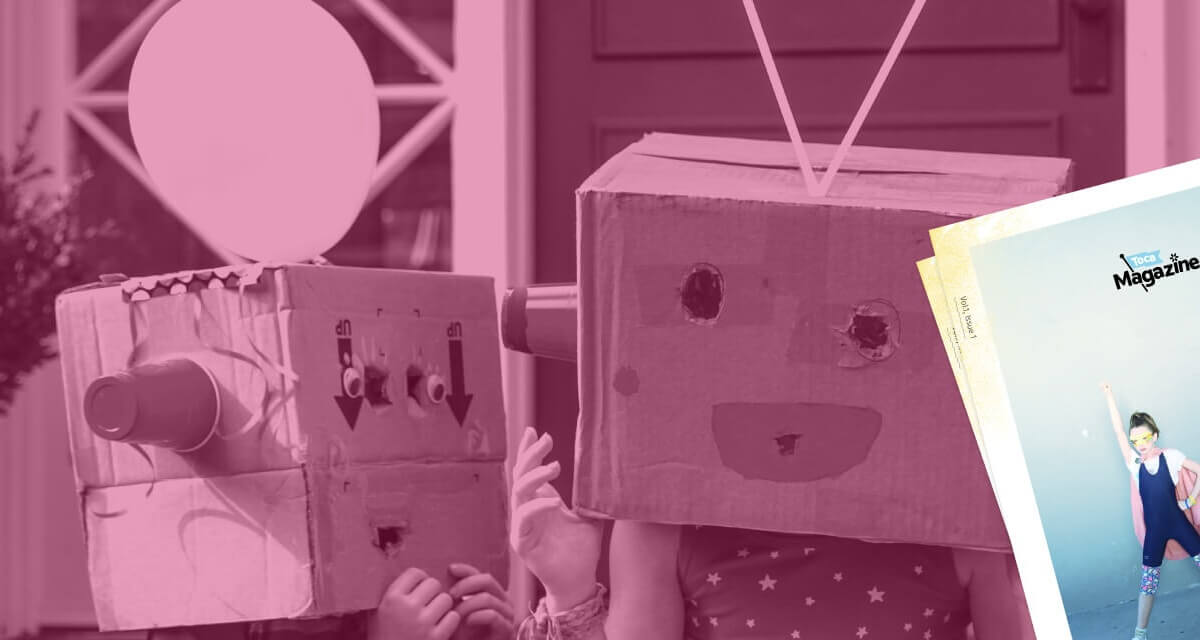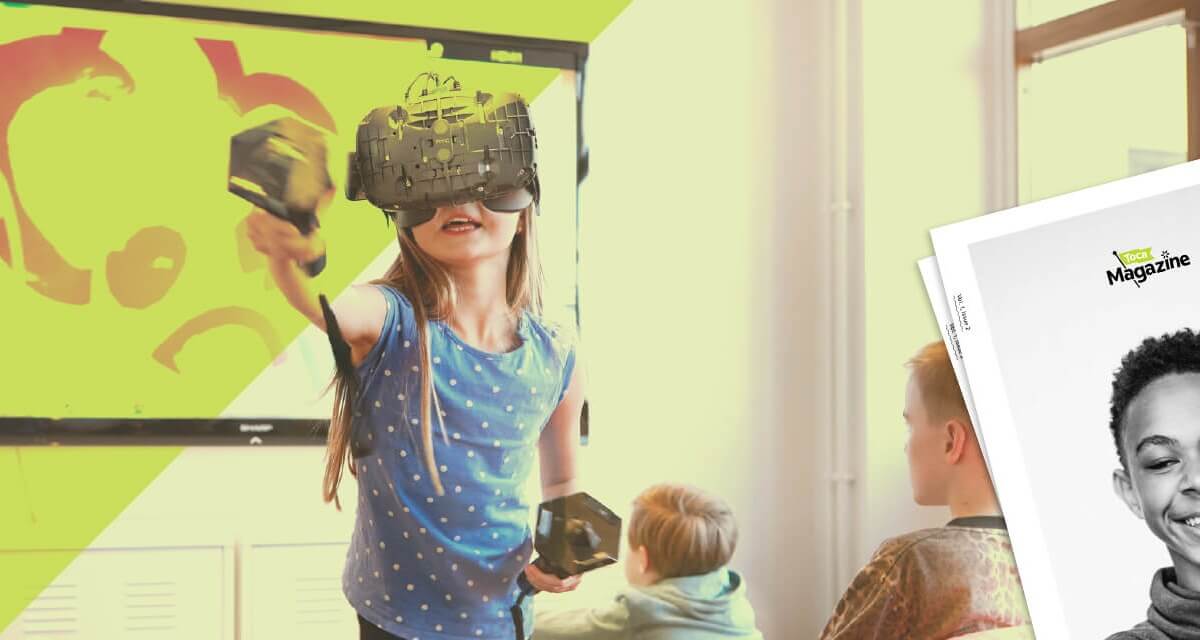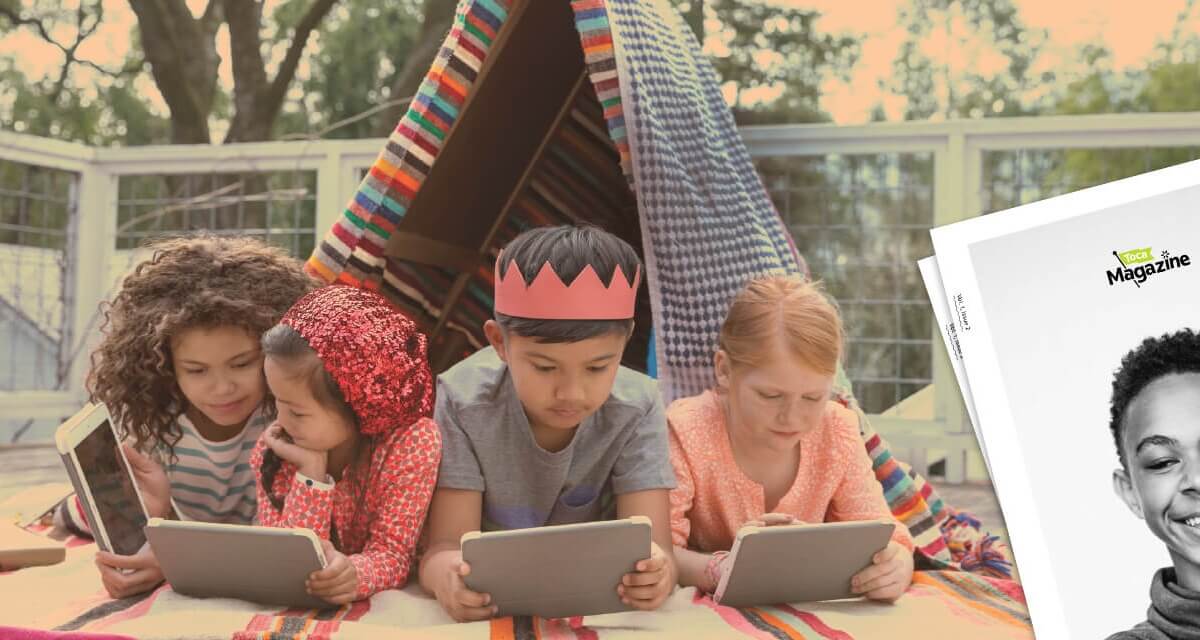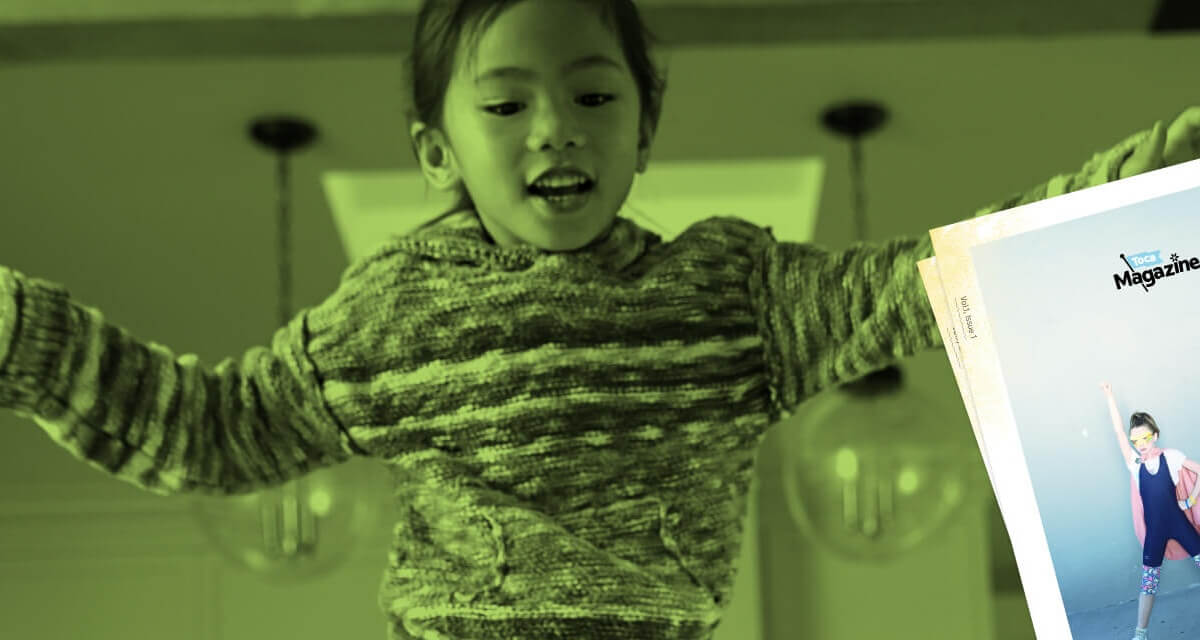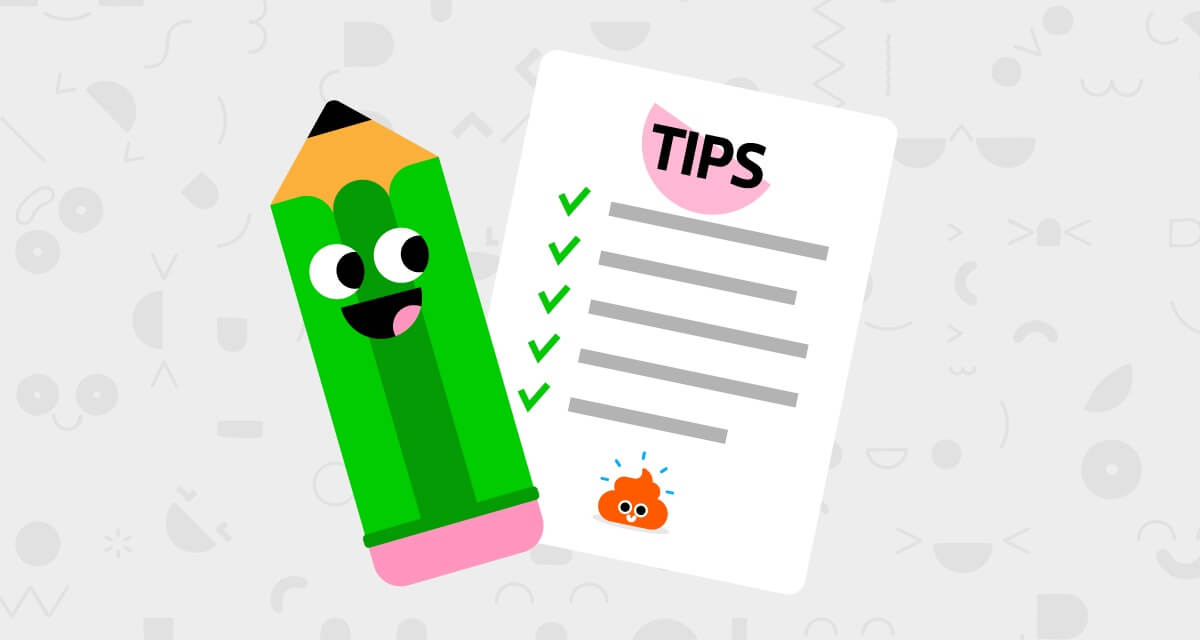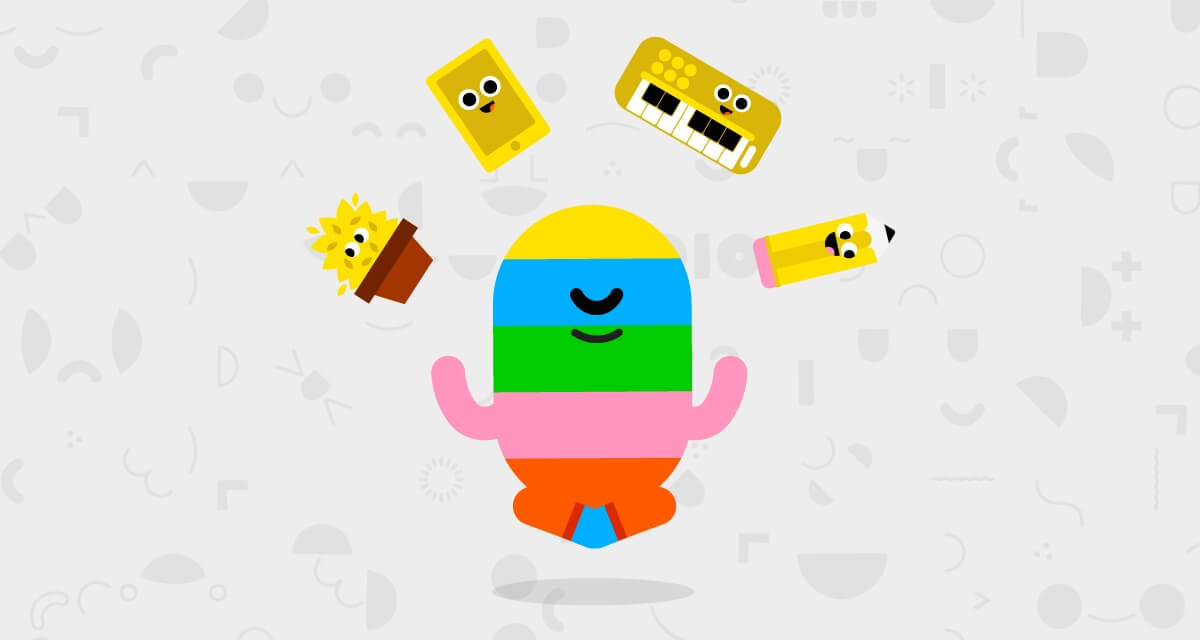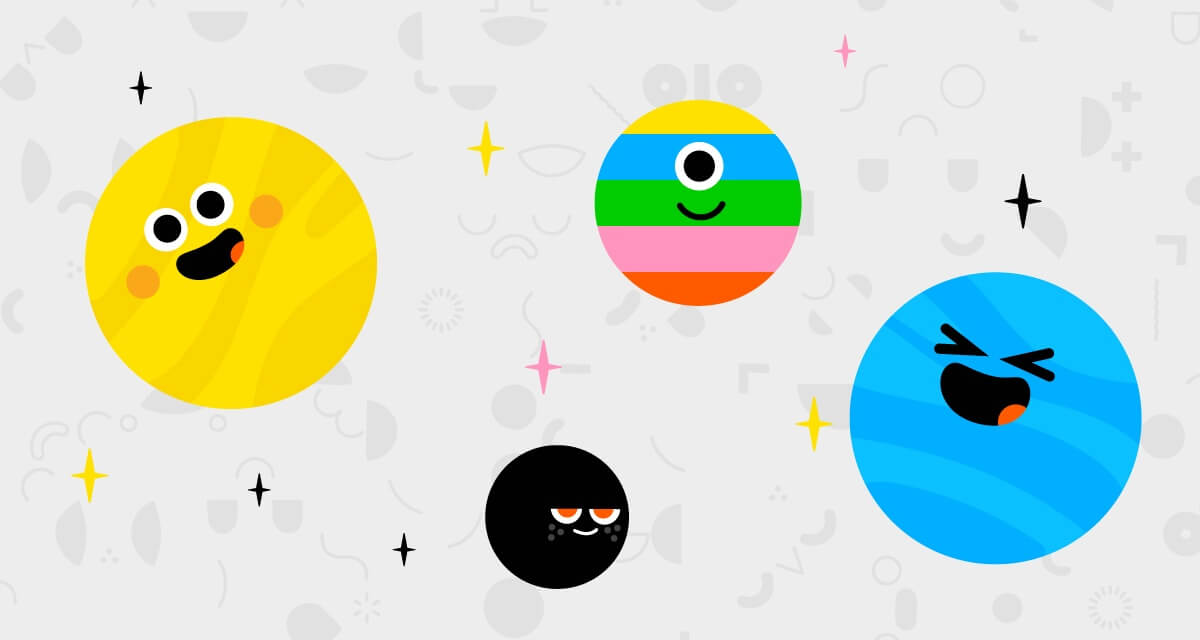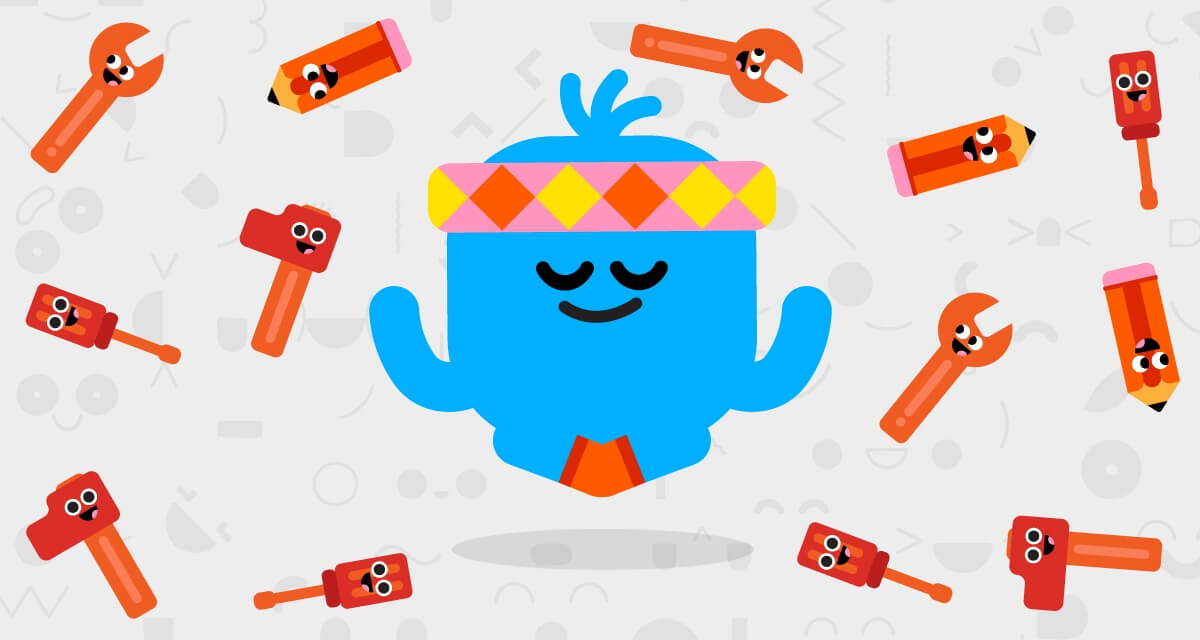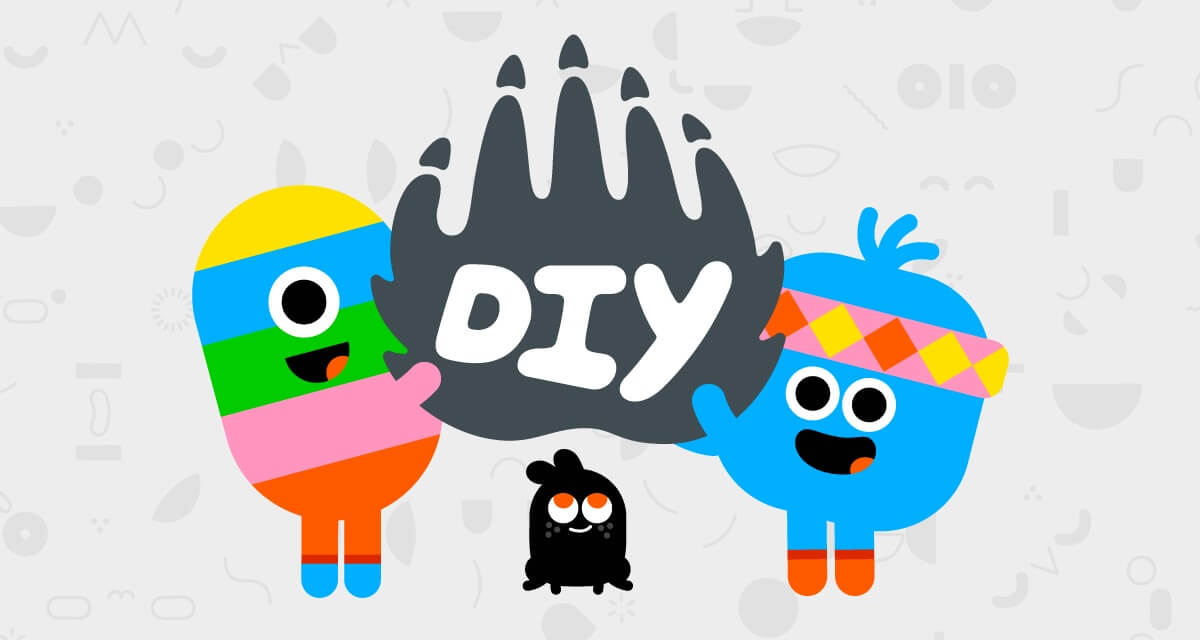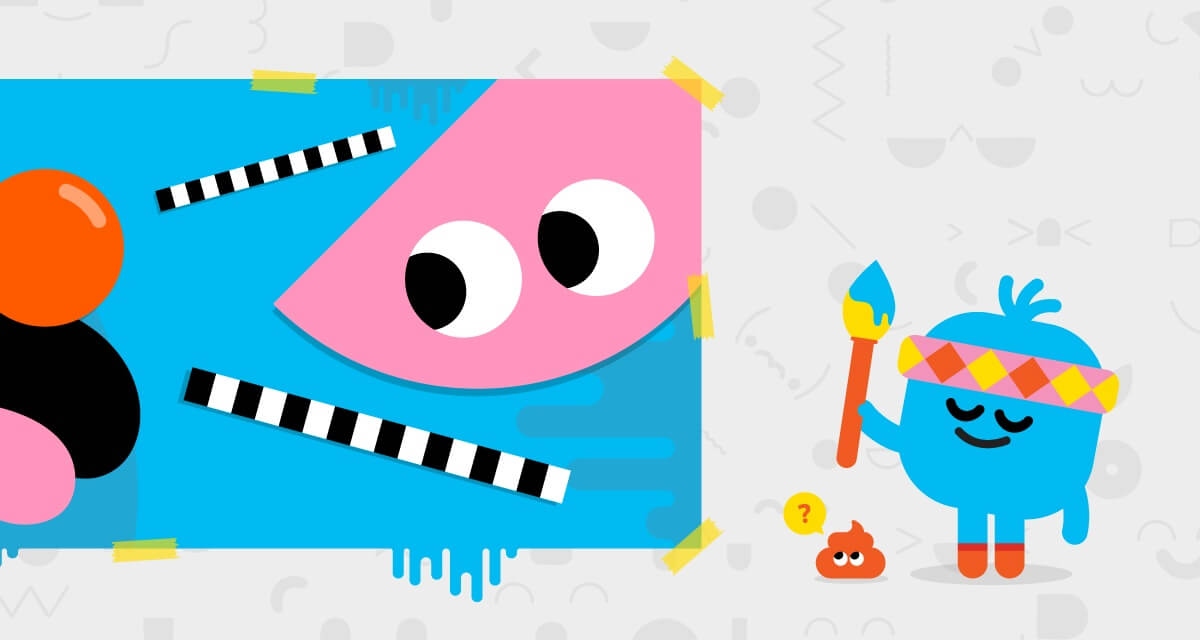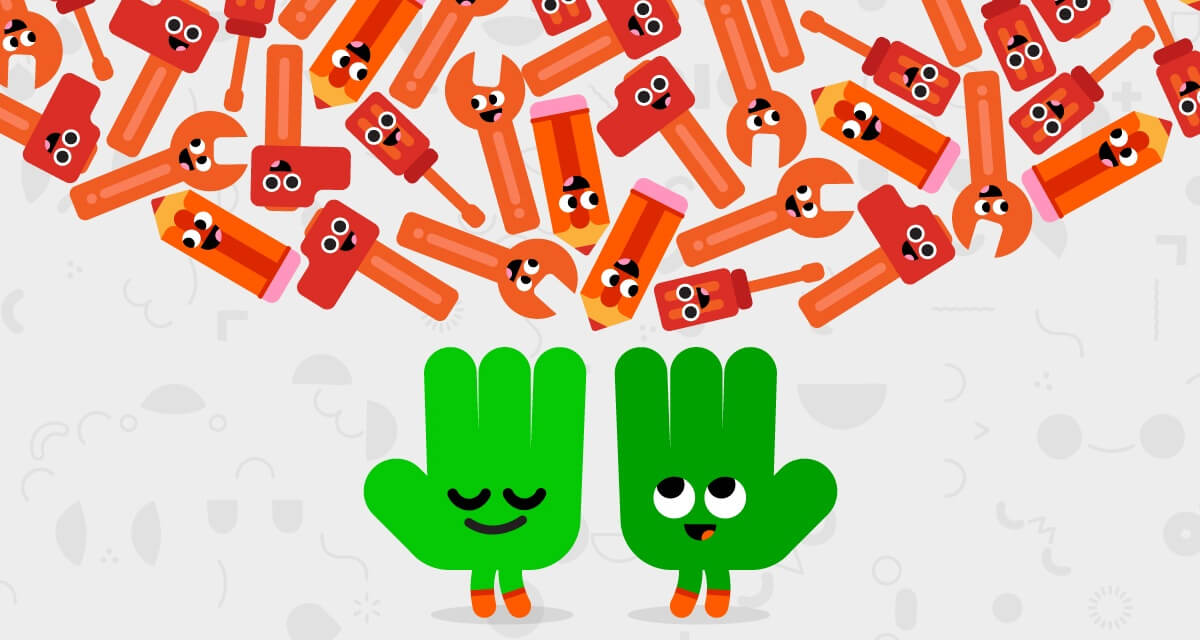- By
- Parker Barry
About a year ago I noticed something.
Suddenly, it seemed, YouTube — and YouTubers — had become a large presence in my family. My daughter was almost as excited to see her favorite YouTube duo on tour as she was to see her favorite band. She started buying YouTuber merch and looking for the latest books from YouTube stars on every trip to Target. My son was spending more and more time watching YouTube videos, mostly about video games. And he really, really wanted to start his own YouTube channel. More on that later.
Fast-forward to today. Dinner conversations at my house regularly include updates on YouTubers’ lives from my 13-year-old daughter (“Mom, Dan and Phil moved today.”) and 11-year-old son (“DanTDM gave away a Nintendo Switch from his bathtub!”). Weekends include projects like baking cakes shaped like Stampy Cat (son) and creating fan art of YouTubers (daughter). And now we’re preparing for two major events: VidCon in Anaheim in June, a trip initiated by my daughter and her friends, and DanTDM on Tour this weekend — a show that all of us are quite excited to see.
What’s the big deal about YouTube, anyway?
YouTube. You either get it or you don’t, right? I like to think that I do get it. I understand that my son loves watching YouTube videos more than almost anything. It’s not weird to me that he likes to watch videos of other people playing video games as much as he likes playing them himself. Or that my daughter watches people play video games that she has no interest in actually playing herself. OK, that’s still a little weird to me. But I get that YouTube — now 12 years old — is just a part of life for kids in a way that it isn’t for many of us who remember life before it existed.

I reached out to Caroline Knorr, senior parenting editor at Common Sense Media and a former colleague of mine, for some context.
“YouTube is really a huge hub of youth culture,” she told me. “This is where kids go to see cool new stuff, make cool new stuff, watch the latest videos, find out what’s trending on the internet, and catch a glimpse into other kids’ lives. Kids actually consider YouTube an important source of news. But the ‘news’ that they are getting is what is relevant to their lives. There are a lot of people on YouTube who do commentary on internet news, for example memes, viral trends, video games, apps — stuff that kids care about.”
YouTube is really a huge hub of youth culture.
Increased emphasis on content creation
Beyond being a hub of culture for kids consuming media, YouTube is now more than ever a place where kids passionate about an interest — for example, gaming, DIY or video production itself — go to share media they create.
When I was looking at camps for my kids this summer, I noticed multiple programs that specifically mentioned YouTube — something I hadn’t seen in previous years. Galileo’s Summer Quest camp is offering a “YouTube Producers” major for the first time this summer at locations in the San Francisco Bay Area, Southern California and the Chicago area. I talked to Heather Murphy, the curriculum developer who authored Galileo’s YouTube Producers major.
“Although we suspected YouTube video production would be a popular course, last year we included it in a survey of possible new majors sent to families for their feedback,” Murphy said. “Overwhelmingly, YouTube Producers was the most popular choice on our list with both parents and kids. This gave us the confidence to bring this curriculum to life.”
There are myriad reasons kids want to create for YouTube and even go to camp for YouTube video production. Randy Kulman, Ph.D., a licensed clinical psychologist and founder of LearningWorks for Kids, counts deep engagement as one of them. “In my clinical work I regularly hear from kids about their interest in creating their own videos,” he said. “Some of this is simply that they have access to technologies to create and edit videos that were not widely available in the past. However, I believe it speaks to more than access to technology but instead to kid’s interest in watching YouTube videos.
“Even more so than games such as Minecraft,” Kulman continued, “parents report how engaged their kids are while watching videos on YouTube. This engagement leads to kids who want to create their own videos and demonstrate what they are doing to their peers.”
Would you let your kid launch a YouTube channel?
For many parents, this isn’t a hypothetical question. Like my son, their kids have asked to start their own channel. And while it’s not always an easy question for parents to answer, I supported the idea of my son starting a channel. I looked at it through the lens of the “Four 4Cs” — the 21st-century skills considered essential for today’s kids to embody.
- Creativity
This is the big one for me. It’s easy for kids to be consumers of media. But what’s really special is when media consumption sparks kids’ desire to become media creators. Sometimes that spark comes from watching others engaged in an interest kids already have. Sometimes the spark comes from YouTubers themselves. Wherever it comes from, that excitement to innovate and create has the potential to become a longterm approach to life.
Galileo aims to make this a reality. “Our ultimate goal is not just to teach subject matter or build campers’ technical skills,” Murphy said, “but also to develop innovators who can envision and create a better world. As a platform, YouTube has exemplified this same spirit of innovation by giving people the ability to share their ideas and passions with the world. Our hope is that the YouTube Producers major will inspire that same spirit in campers.”
- Communication
The first time I watched my son record a Let’s Play video for Minecraft, I was struck by how much thought he’d put into how to communicate a complex subject (in this case, it was a fifth-grade genetics project) to his audience. This method of presenting information is just a regular form of communication today. People young and old on YouTube learn to communicate information in a way that can be deeply informative but remain accessible. DIY videos, for example, just don’t work without excellent communication skills.
- Collaboration
In creating YouTube content, collaboration can happen with family members, friends, classmates, other YouTubers and more. In Galileo’s YouTube Producers major, “campers will see firsthand how collaboration boosts the quality of their videos,” Murphy said.
Collaboration is especially important for younger creators. “Managing a YouTube channel can and probably should be a family operation, particularly for younger kids,” Kulman said. “This is a great opportunity for parents to get involved in their kid’s digital life.”
- Critical Thinking
Both the creation of YouTube content and the management of a YouTube channel require critical thinking skills. Watch any kid (or anybody) take a video concept from ideation to uploading a finished product (and beyond), and you will see a range of situations analyzed, decisions made and problems solved. I appreciate that some of the teachers my son has had over the years believed that the process of creating, for example, a Let’s Play video with Minecraft, can boosts kids’ critical-thinking and problem-solving skills. What better way to increase a gamer kid’s engagement in learning than through an assignment that lets him approach the subject through one of his favorite things: gaming videos.
Building a supportive community
In addition to the Four Cs, another C is large part of what YouTube is about: community. Building an online community isn’t unique to YouTube. This can be done on any number of online platforms — I’ve been amazed to watch my daughter build an online community that appreciates her art and shares her love for her favorite bands.
“This is sort of like joining a club at school,” Knorr from Common Sense Media told me. “It’s being a part of this unique tribe, where you pursue your interests, learn new things, get ideas, and contribute something valuable. Being a part of a group of people all sharing a specific interest gives kids an amazing sense of belonging — one that they may not be able to get in the ‘real world,’” she said.
She’s speaking not just as an expert on kids and media, but also from personal experience. “My kid is into LEGO free-building, where you use LEGOs to create anything you want. So, he started investigating it on the internet and found this whole community of people who share this hobby. This made my son feel like his interest wasn’t so weird and offbeat since other people did it. He has learned so much from the LEGO YouTube community. He himself doesn’t necessarily want to make his own videos, but a kid who does feel inspired to take the hobby to the next level is truly a part of something and an important contributor to the community.”
Being a part of a group of people all sharing a specific interest gives kids an amazing sense of belonging.
Supporting kids while being smart and safe
Even for those of us who believe that being a YouTube creator can be a source of empowerment for kids (we’re not talking about the sometimes icky, clearly parent-directed channels), there’s still room for many reservations. Is it safe? What about the trolls? Will it take up all my kid’s (and my) time? I asked Kulman about some of the concerns.
“As with many other aspects of children’s digital life, I strongly encourage parents of younger children to be involved with their child’s YouTube experience and engaged on a daily basis,” he said. “There are safety issues and concerns regarding exposure to inappropriate content. In order to be an active parent, you want to know what you kids doing.”
Like most parents, I try to support my kids’ passions, and now that YouTube is one of them, I’m looking for ways to be both supportive and smart. For advice on that, check out our tips from Common Sense Media’s parenting editor, Caroline Knorr.


